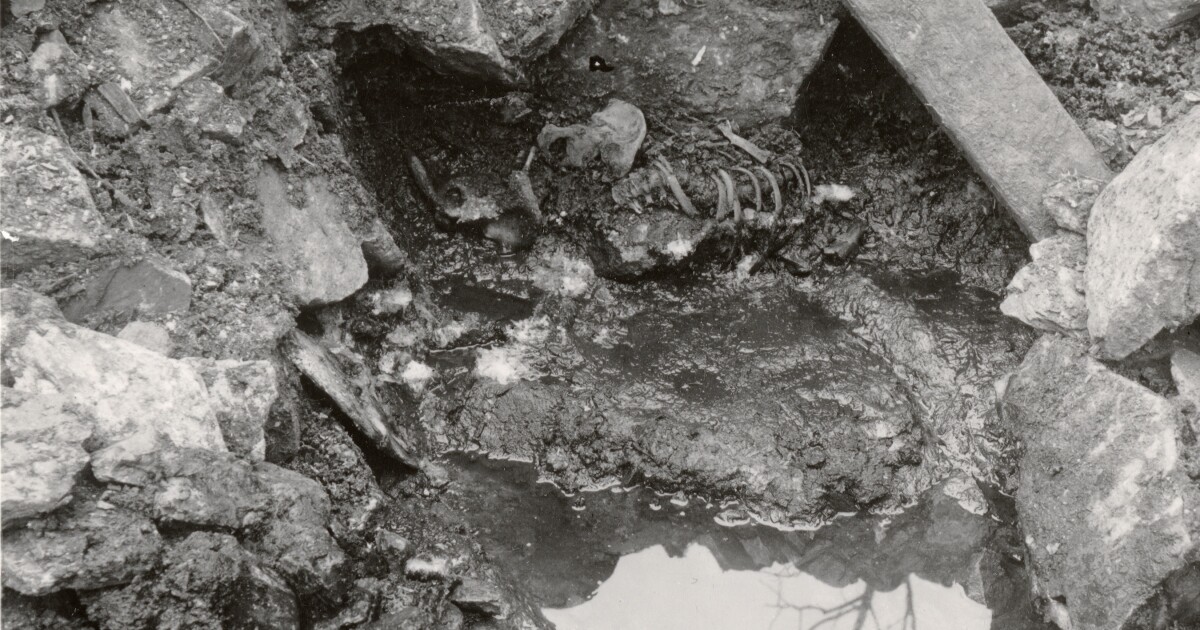In the 12th and 13th centuries, Norway was racked by civil war. It’s a period chronicled in an ancient Norse text called the Sverris Saga, which is named after king Sverre Sigurdsson.
The saga tells of the king’s ongoing feud with his chief enemy, the archbishop.
“He ordered one of his closest associates to write his story to have a record of everything that happened in his life, “so the Sverris Saga has a strong bias to King Sverre," says Anna Petersen, an archaeologist with the Norwegian Institute for Cultural Heritage Research.
“Battles are described in detail,” she says, including one that took place around the year 1180 near the present-day city of Trondheim, in central Norway. The archbishop’s fighters attacked the king’s castle when the king was away.
“They let everyone go,” she says. “They saved their lives. But they completely destroyed the castle. They burned all the houses.”
Then, Petersen says, “the archbishop’s people wanted to do something nasty.”
The saga reads: “They took a dead man and cast him into the well headfirst, and then filled it up with stones.” Petersén says most scholars have assumed he was connected to the king.
Perhaps they wanted to poison the water supply or humiliate the king and his men.
Either way, the text adds “nothing about who this dead man was, where he came from, what group he belonged to,” says Petersen.
Now, in a study published in the journal iScience, Petersen and her colleagues describe sequencing the genome of a sample of 800-year-old DNA that may well be the man thrown down that well centuries ago. The research offers a glimpse into where he came from and what he may have looked like before he met his tragic end.



That’s a pit in England.
Hey, did you know your account is set to appear as a bot and some may be filtering your content as a result? You can change this is your profile settings.